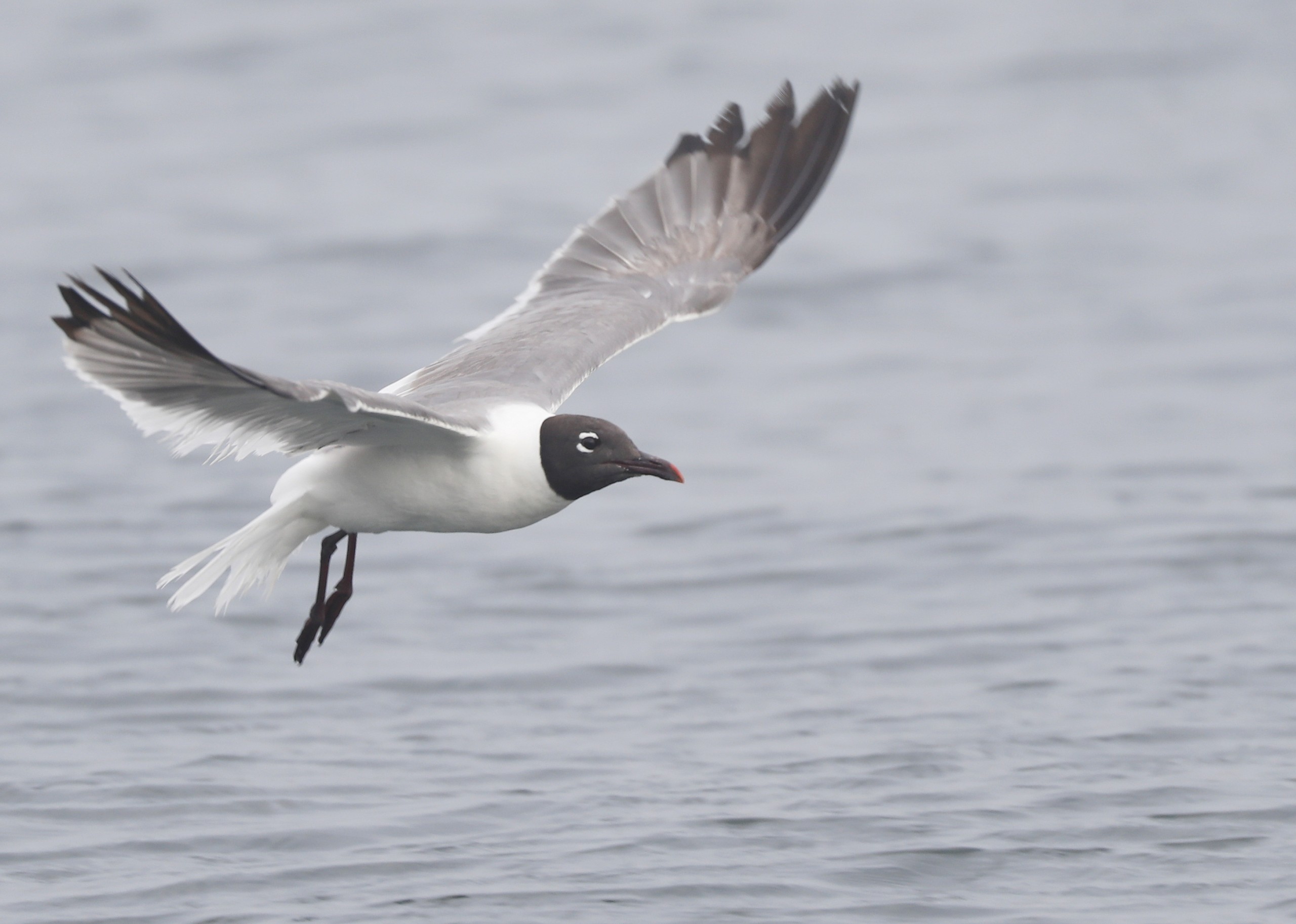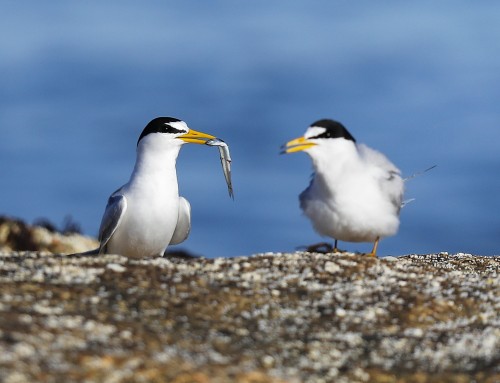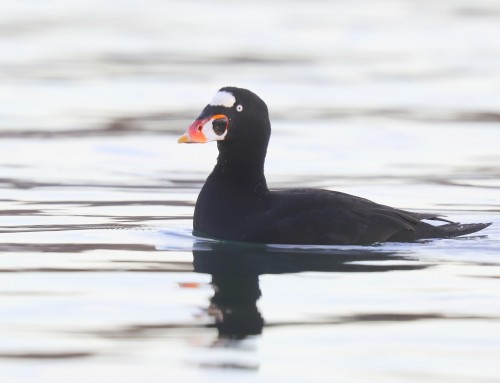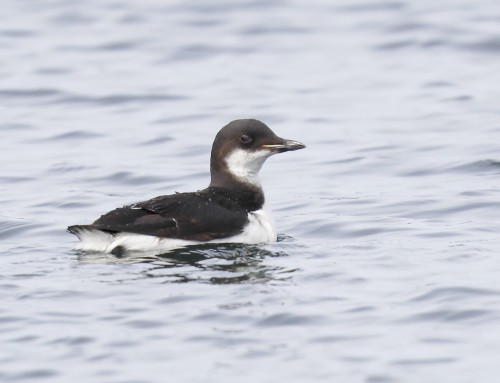August 15, 2025: In late August, adult Laughing Gulls in Buzzards Bay forage, loaf, and molt after breeding, commuting locally or from distant colonies, staging in flocks before migrating by late fall to wintering grounds in the Southeast, Caribbean, and South America.
Here’s what’s typical for adult Laughing Gulls (Leucophaeus atricilla) along the Buzzards Bay coast in late August:
How far from breeding grounds?
- On Cape Cod the species now breeds at a single colony on South Monomoy Island (Chatham). Adults you see in Buzzards Bay are roughly “regional commuters”, about tens of miles from that colony. Mass Audubon notes that birds in breeding plumage are regularly recorded up to 40 miles away in Buzzards Bay during the season, while most foraging stays within roughly 10 miles of a colony.
- Late-summer flocks on Cape Cod also include adults dispersing north from larger Mid-Atlantic colonies (e.g., New Jersey, Virginia, North Carolina), so some individuals in Buzzards Bay may be hundreds of miles from their natal/breeding sites.
Daily activities in late August (pre-migration):
- Post-breeding dispersal & staging: After chicks fledge (late July to early August), adults disperse along the coast and start forming larger flocks on beaches, sandbars, and harbor rooftops/pier rails; numbers around Cape & Islands often build August–November before most depart.
- Foraging rhythms: They track the tides, flats and wrack lines at lower stages, more loafing/roosting at higher stages. A classic study found feeding peaked on a rising tide, with strong daily peaks in colony activity morning and late evening.
- Commuter range: During the breeding season adults commonly range 10–40 km (6–25 mi) on foraging trips (occasionally farther inland), a scale that still applies to their daily movements among Buzzards Bay beaches, inlets, and nearby towns.
- Diet & tactics: Opportunistic for small fish at rips and inlets, crustaceans and invertebrates from the surface/shoreline, insects in the air, and frequent scavenging around boats, parking lots, and piers; they’ll also kleptoparasitize other birds.
- Plumage/molt: By late August many adults are shifting out of the crisp black hood toward the winter “masked” head pattern as molt progresses.
Southbound timing:
- Adults begin leaving colonies middle to late July; along our coast they stage through September and October, then migrate to winter along the Southeast U.S., Gulf Coast, Caribbean, and northern South America. Most are gone from Cape Cod by late November, with a few lingering into early winter.







Leave A Comment
You must be logged in to post a comment.